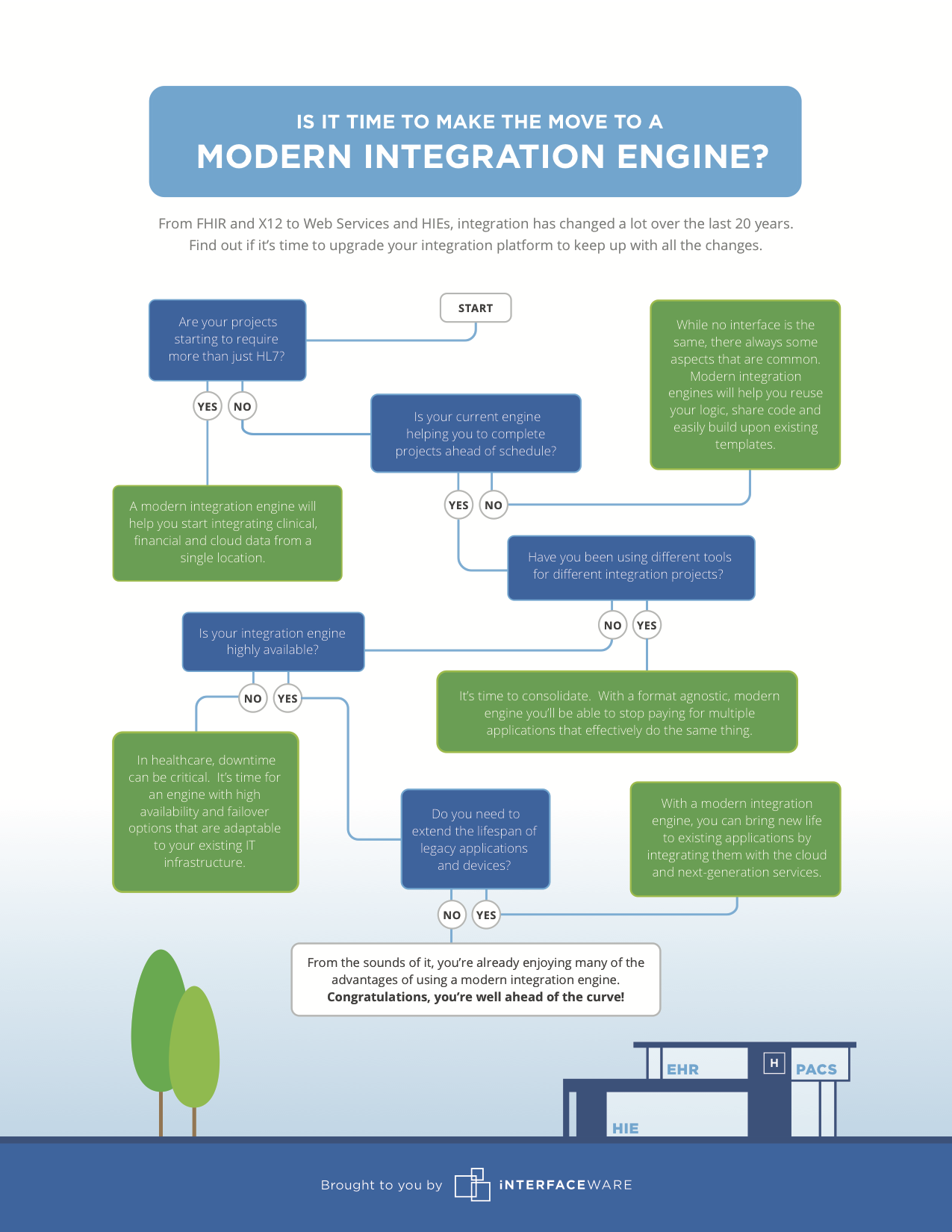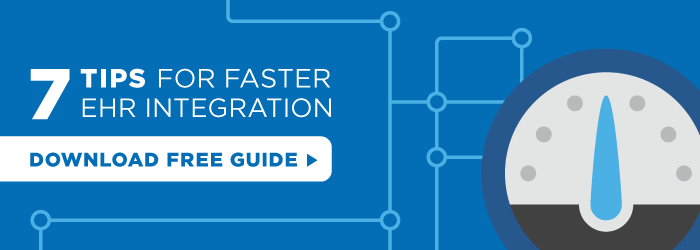An integration engine (and seriously, let’s stop calling it an interface engine. it does so much more.) is an essential piece of healthcare’s technology infrastructure.
For hospitals, an integration engine is responsible for normalizing data and ushering information between all of the most critical applications. It connects internal and external systems and is often responsible for enabling the workflow improvements you clinical staff is depending on.
For software vendors, an integration engine is imperative for successful implementations. It allows integration teams to arrive onsite and deliver on their promise of timely installation and integrations.
So, what’s the problem?
The demands of interoperability have expanded to include a growing number of applications and devices aimed at modernizing healthcare, and legacy interface engines are quickly showing their limitations.
The solution:
The technology exists to take healthcare to the next level. When it comes to getting useful, actionable data into the hands of decision-makers, it’s not surprising to see many healthcare organizations making the switch to a more advanced, modern integration engine.
Is it time to make a move?
We’ve compiled the most compelling reasons why you and your organization should be considering the move to a modern integration engine. Use our simple Flowchart (and more comprehensive Guide) below to determine if it’s time to start planning for the future.
Not convinced yet? The guide below will walk you through 6 compelling reasons to make the move to a modern integration engine today.


